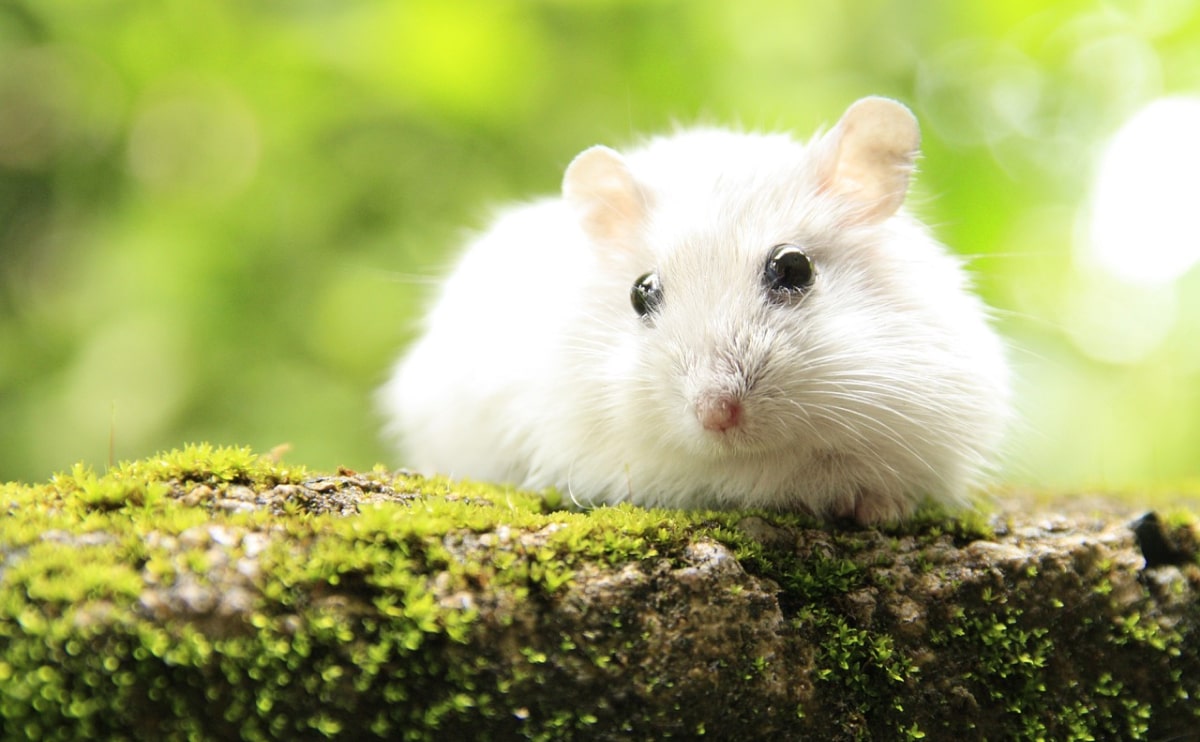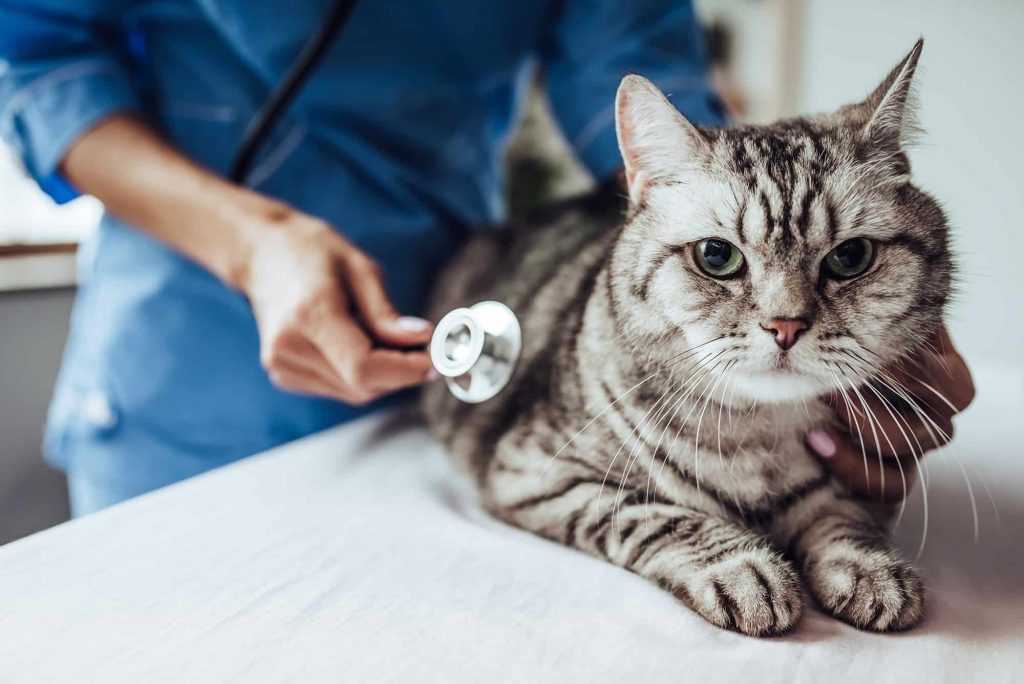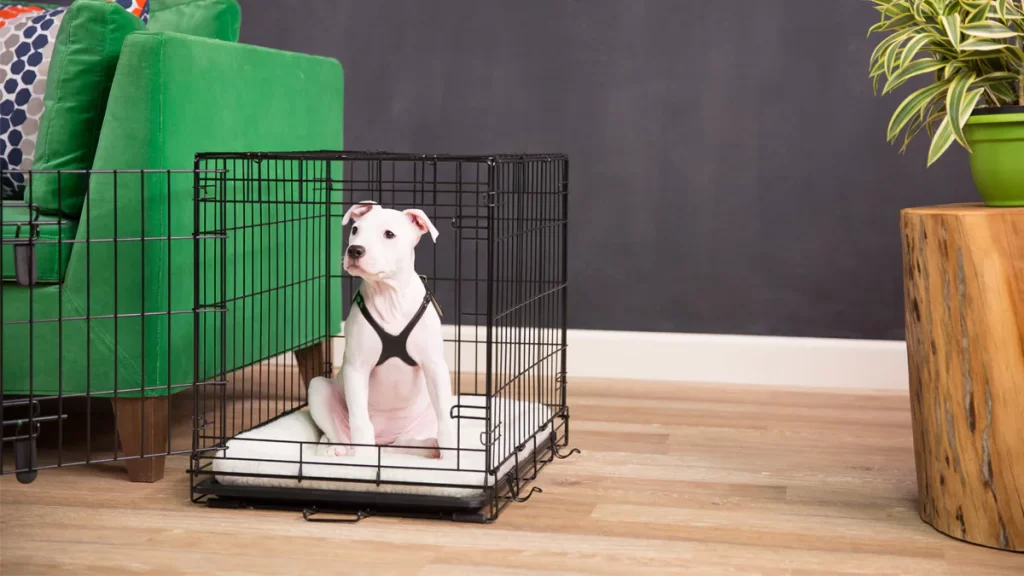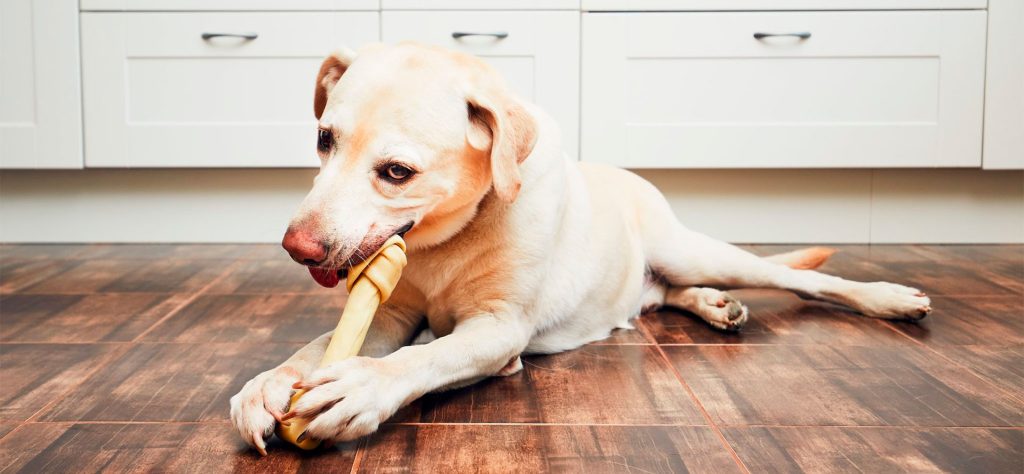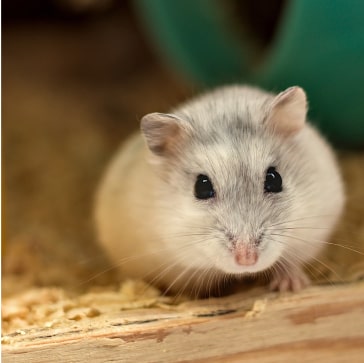Blog
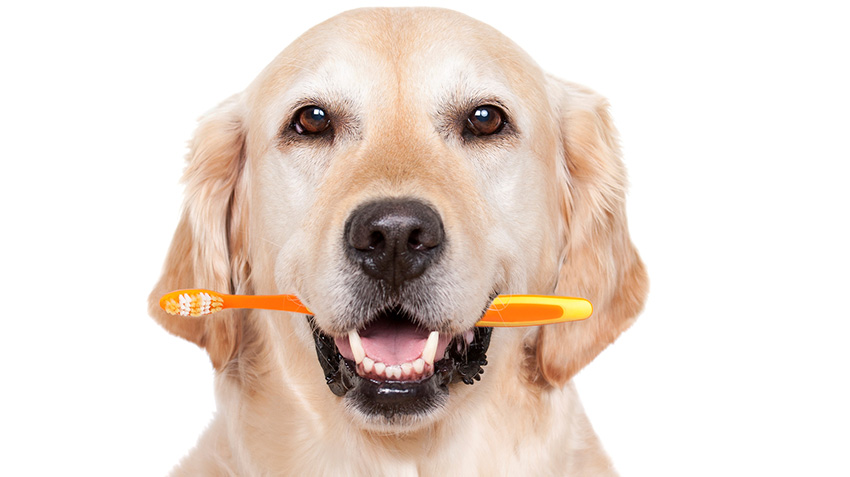
Top 10 Dental Care Tips for Pets

Whether you’ve recently acquired a pet or are worried about your dog or cat’s dental health, there’s no better time to begin or enhance a dental care regimen than now. February is National Pet Dental Health Month, a time to raise awareness about the critical nature of dental care for dogs. Ten of the greatest dental care advice for pets of all ages, from puppies and kittens to elderly dogs and cats, are included here.
1. Become Familiar With Your Pet’s Mouth
Establishing a routine in which you visually check and gently touch your pet’s teeth and gums is critical for dental health. In an ideal world, you should begin developing trust with your pet while he or she is still a puppy or kitten. Even if you get an older pet, you may concentrate on oral examination and cleaning familiarity.
Regular exams can aid in the monitoring of early-life dental disorders such as retained deciduous or milk teeth. Throughout your pet’s life, the ability to lift his or her lips and see the inside of his or her mouth enables you to detect plaque or tartar accumulation or the early indicators of significant dental problems.
2. Educate Children on Dental Care
Whether your pet is a puppy or a kitten, or you have recently adopted a new dog or cat, you should begin dental treatment immediately. Begin by circling your pet’s lips and gums while delivering praise. Introduce pet toothpaste and a finger toothbrush gradually, or begin with dental wipes.
Before attempting to clean teeth, let your pet to smell and taste toothpaste on a finger toothbrush or a dental wipe. Even if your dog or cat does not appear to be a brusher, it is beneficial to be able to monitor the health of his or her teeth and schedule expert cleaning as needed.
3. Gradually Increase Your Brushing
After your pet has become accustomed to oral inspections and mild contact inside his or her mouth, try cleaning a few teeth with a pet toothbrush. Brush at an angle near the gum line, paying special attention to the canines or fang teeth and the bigger molars, which are notorious for plaque accumulation.
Increase the duration of brushing sessions gradually until all of your dog’s or cat’s teeth are cleaned. Within 36 hours, plaque hardens into tartar. As a result, you should wash the teeth of your pet at least three times a week.
4. Brush your pet’s teeth with pet toothpaste
If you brush your dog or cat with a pet toothpaste, they are more likely to comply. Certain toothpastes have tastes such as peanut butter, chicken, or malt to help your pet enjoy dental treatment. Enzymes aid in the balance of bacteria in the mouth, therefore reducing plaque and freshening the breath. Human toothpaste is poisonous to dogs, and baking soda on its own might induce stomach trouble.
5. Provide Dental Treats for Pets
Veterinary Oral Health Council-approved treats can be an excellent addition to teeth brushing and expert cleanings. Daily dental treatments can aid in the management of plaque and the prevention of tartar buildup.
Dental treats are not a substitute for routine cleaning, since these palatable substances remove plaque from the teeth’s surfaces but not from the gum sockets. Whether you own a dog or a cat, you can discover treats in the flavors that your pet like.
6. Experiment with a Water Additive
If your pet has terrible breath, consider adding a breath-freshening ingredient to the water he or she drinks. These medicines are developed to maintain a healthy balance of germs in the mouths of dogs and cats. If your pet is not a fan of anything being added to his or her water, consider utilizing a dental spray.
Bad breath might be a sign of a more serious dental problem. Arrange for an oral checkup with a veterinarian to rule out any underlying disorders before attempting to promote fresh breath with remedies.
7. Keep an eye on the condition of teeth and gums
Whether you brush your pet’s teeth yourself or have them professionally cleaned, it’s a good idea to undertake a weekly oral examination. Gently tilt the head back and open the jaws of your pet. Check teeth for tartar accumulation and any signs of damage or wear. Gums should be pink and healthy, not blazing red, puffy, or pallid. Ensure that you examine every area of your pet’s mouth. Additionally, you may want to acclimate your pet to having you use a little penlight to obtain a better look.
8. Arrange for routine dental examinations
Even if you brush your pet’s teeth regularly, it is still vital to have your cat or dog’s mouth examined by a veterinarian during routine examinations. If you see any evidence of plaque accumulation at any point in time, schedule an appointment. A veterinarian can advise you on whether to modify your pet’s dental care regimen or schedule a professional cleaning.
9. Schedule annual cleanings
Professional cleanings provide the groundwork for your pet’s dental health for the duration of his or her life. Consider scheduling your pet’s yearly dental examination during National Pet Dental Health Month or at any other time of the year. Consult your veterinarian to decide if cleaning is essential and to identify the most effective way. Certain veterinarians prescribe anesthetic to ensure the most complete cleaning possible with the least amount of trauma.
10. Strengthen Relationships Through Dental Care
Daily dental care might be an excellent opportunity to develop a strong bond with your pet. Whether you do a weekly examination or clean a cat’s or dog’s teeth multiple times a week, inspecting and interacting with your pet’s
mouth demands confidence. Make careful to gradually introduce brushing and to lavish your pet with praise and good reinforcement.
Follow these recommendations to enhance and maintain your dog’s or cat’s dental health. Teeth and gum health are critical for general health. While National Pet Dental Health Month is an excellent time to establish healthy habits and schedule annual cleaning appointments, it is critical to care for your pet’s teeth throughout the year.




